I'm trying to convert PDM data into analog form by passing the data through a low-pass filter in Matlab. My approach is fairly simple and matches the answer given in this Electrical Engineering Stack Exchnage thread: How can I convert an audio PDM bitstream into analog form? However, the result of the filtered PDM data looks like this:
Running an FFT doesnt work on this analog data. What could I be doing wrong? I've tried a butter filter (various orders) and Cheby 2 filter and elliptic as well. Here's what my FFT chart looks like for reference:

